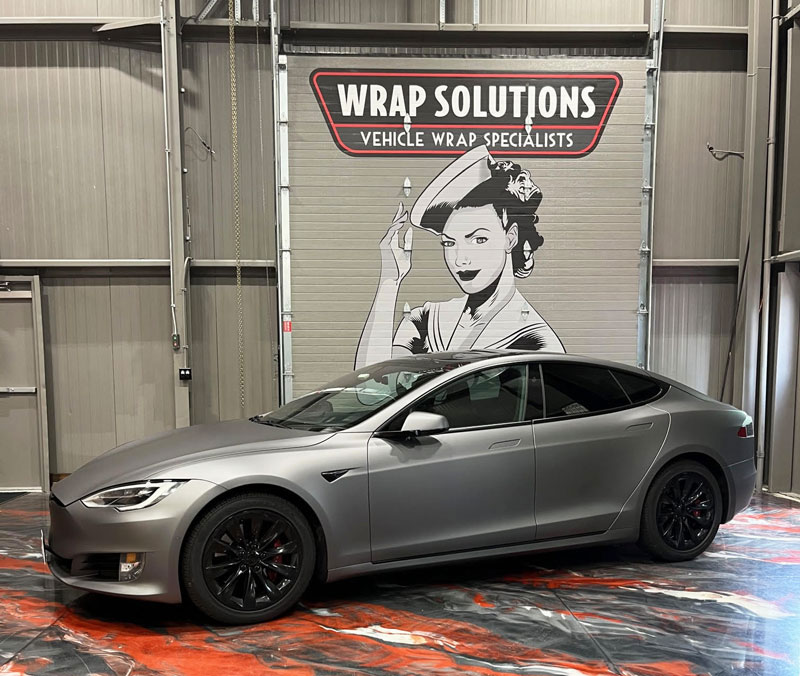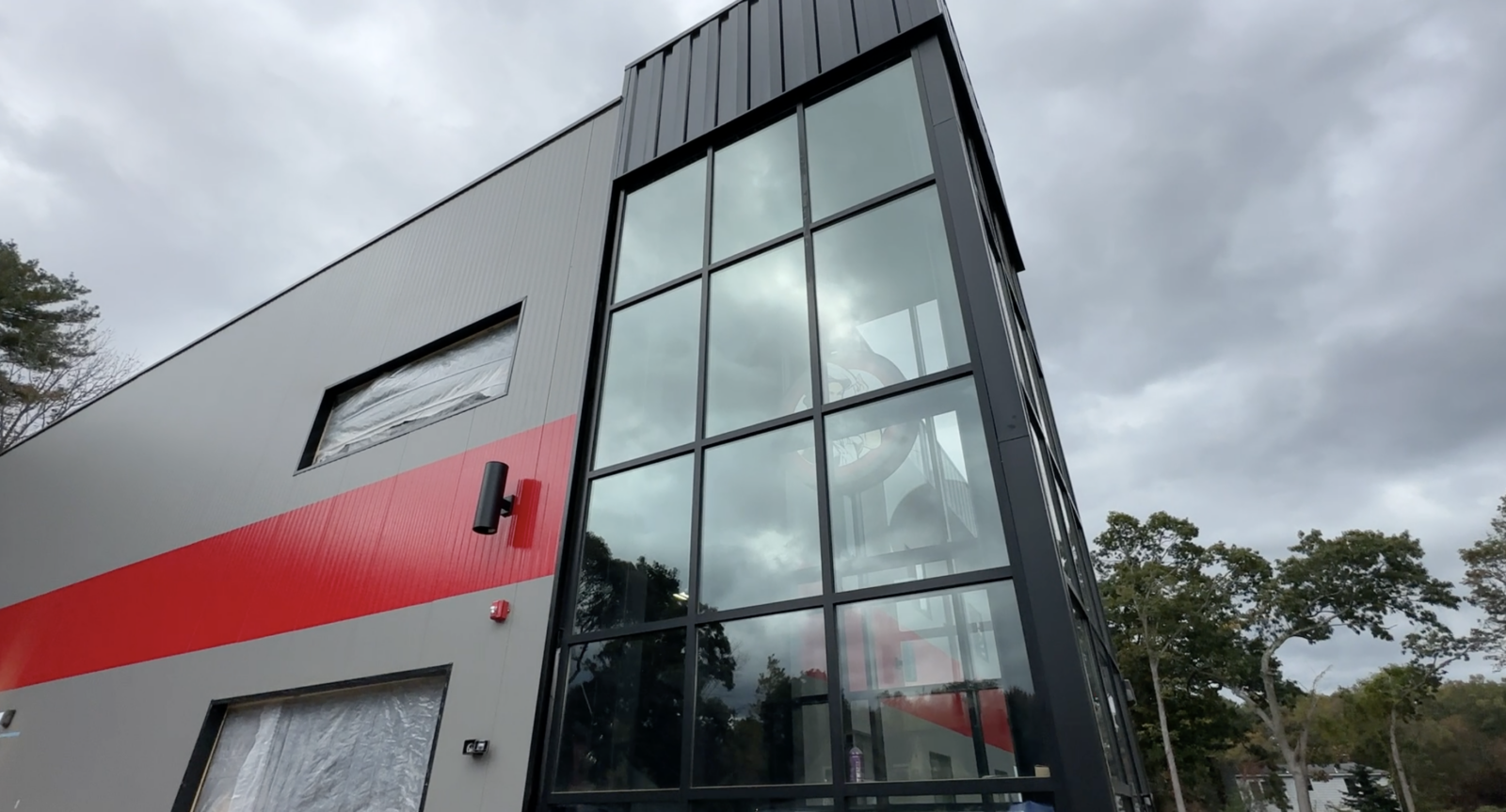
Scuffs, scratches, and chips happen faster than you’d think, especially if your vehicle is frequently on the road or exposed to outdoor conditions. It can be a stray pebble bouncing up from the expressway or bugs hitting your front bumper during summer drives through Boston, the paint takes a beating. While a lot of people focus on keeping their car clean and waxed, protecting the paint goes beyond just how it looks—it helps preserve the car’s value over time. That’s where paint protection film, or PPF, really comes in handy.
Paint protection film is like a layer of invisible armor for your vehicle. It’s not flashy or loud, but it does the job of taking the impact so your paint doesn’t have to. PPF is especially useful for the areas that tend to suffer the most damage—places where debris, weather, and daily wear show up early and often. Learning how this material works and where it does the most good makes it easier to decide if it’s something your vehicle needs.
How Does Paint Protection Film Work?
Paint protection film is a stretchable, see-through polyurethane material that’s applied directly over your car’s surface. Once installed, it acts as a barrier between your factory finish and things that would usually leave a mark. It’s designed to absorb hits from everyday hazards like sand, stones, bird droppings, and bug splatter—stopping them before they dig into your clear coat.
The makeup of PPF is what gives it strength and flexibility. Most high-quality films have a multi-layered design, with the top layer being self-healing. That means minor scratches can literally disappear when heat is applied—either from the sun or a warm garage. Underneath, the adhesive layer keeps the film secure without damaging the paint underneath.
Here’s how PPF works step by step:
- It sits directly on top of your painted surfaces, forming a tight seal.
- When gravel, debris, or minor road rash hits the panel, the film takes the force instead of the paint.
- The energy from that impact spreads across the film so there’s no concentrated damage point.
- On self-healing versions, light scratches can fade out with exposure to heat.
Think of it like the screen protector on your phone—it doesn’t change how your car looks, but it gives an added layer of protection you’ll be grateful for when the unexpected happens. It’s not a replacement for washing or waxing, but it does give you more breathing room between regular cosmetic upkeep and the types of damage that are hard or expensive to fix.
High-Impact Areas to Protect
Not every part of your car gets punished equally. Spots that stick out or face forward are more likely to get hit by debris or suffer minor damage. If you’re thinking about adding PPF to your vehicle, start with the areas that see the most action.
High-impact Zones Worth Protecting:
- Hood: This large flat surface is like a magnet for pebbles and dirt kicked up from the tires in front of you.
- Fenders: Positioned around the wheel wells, these areas often pick up splashes, mud, salt, and road grit—especially in places like Wilmington where seasons shift dramatically.
- Front Bumper: It’s the first thing to greet bugs, sand, and road debris flying at you at highway speeds.
- Side Mirrors: These stick out from your vehicle’s profile and get exposed to a lot of airflow and impact.
- Headlights and Fog Lights: While not painted, these can benefit from a similar protective film to keep lenses clear and prevent pitting.
Each of these spots tends to carry the brunt of exterior damage and shows wear quicker than other parts of your vehicle. Protecting them early means you keep your car’s exterior looking newer for longer and avoid costly retouches or refinishing down the line. If you’re spending time on busy highways or driving through construction-heavy areas, it only makes sense to cover the places that face challenges every day.
Benefits Of Using PPF In High-Impact Areas
Covering the most vulnerable parts of your vehicle with paint protection film gives you some real advantages. First off, it keeps your car looking newer for a lot longer. The constant attack from sand, pebbles, bugs, and other debris can cause paint to dull or chip away in just a few seasons, especially during stop-and-go traffic or on long drives up I-93. When PPF is in place, all that road abuse hits the film, not the paint. That means fewer chips, fewer scratches, and a surface that still shines years later.
Then there’s the money factor. No one likes paying for paint touch-ups or full resprays, and they can definitely add up. PPF cuts down on those costs by preventing the damage in the first place. It’s a layer that works quietly, in the background, without constant attention. And unlike constant detailing or waxing routines, once it’s applied, you’re set for a long time unless the damage is extreme.
Looks matter, too. If you’ve got a darker paint color, any mark or chip seems to show up faster. PPF blocks most of these from ever reaching the surface. Better yet, high-quality films don’t change the color or gloss of your original factory finish. So you’re not altering the style of your ride—just adding protection where it matters most.
In short, PPF makes sense for high-traffic areas of your vehicle where the paint deals with the most abuse. It adds value, saves money, and helps your car keep that fresh-from-the-lot appearance longer than it would on its own.
Keeping Your Vehicle Looking Sharp with PPF
The roads around the Boston area aren’t always easy on your car. From cracked pavement to winter salt and springtime pollen, your paint deals with a lot year-round. Adding paint protection film to the areas that need it most offers a simple way to keep your vehicle looking great without constantly worrying about cosmetic damage.
Think of it like a long-term investment that lets your vehicle take on daily life without wearing every mile on its surface. Whether you’re commuting, heading up to nearby lakes, or simply parking near trees where birds seem to always aim just right, PPF gives you peace of mind. Little issues stay little, and that gives your vehicle more time looking clean and less time in the body shop.
For those truly wanting to give their vehicle the best shot against the wear and tear of Wilmington roads, choosing the right protection makes all the difference. Whether you’re driving something brand new or fresh off a detail, protecting your paint lets its true color shine through without risking damage from everyday driving.
If you’re in Wilmington and want to keep your car looking its best through every season, adding a protection film for paint is a smart way to guard against chips, scratches, and weather-related wear. Wrap Solutions offers expert installation to help extend the life of your vehicle’s finish and maintain its sleek appearance. Contact us today to learn more about our services.






